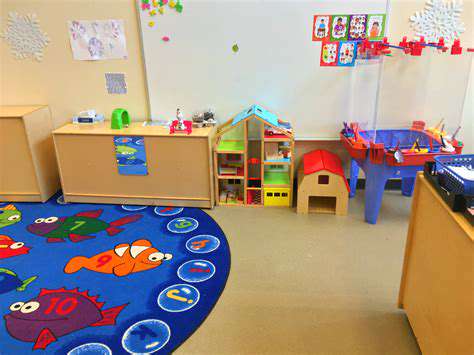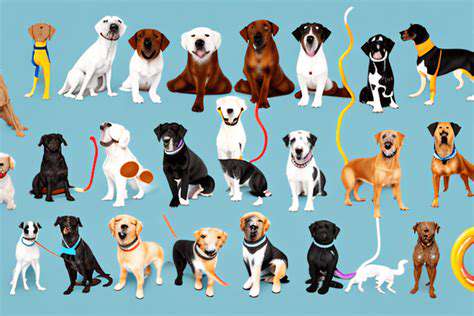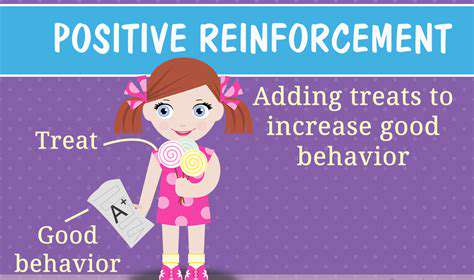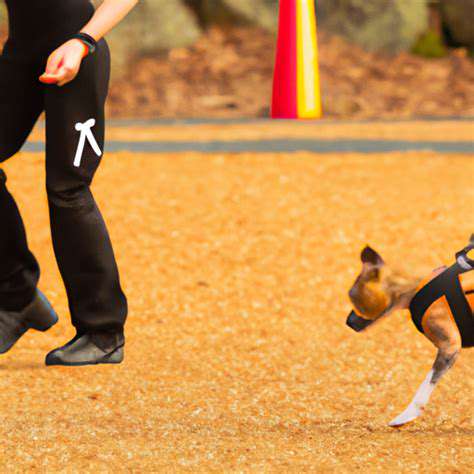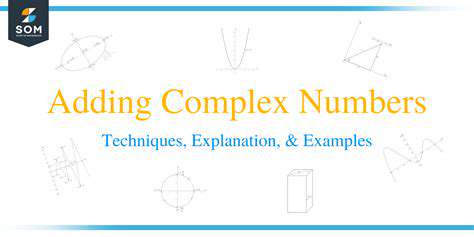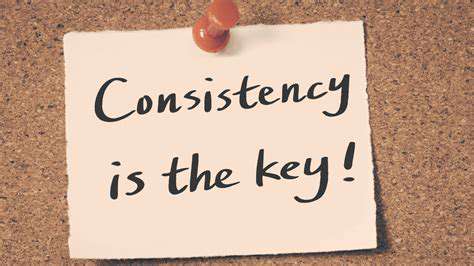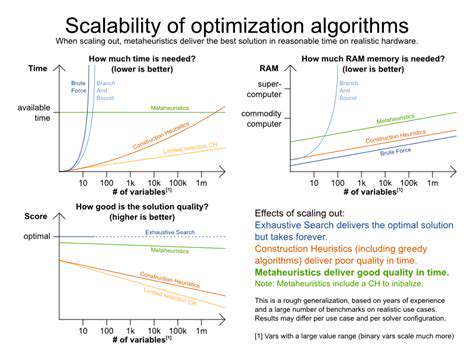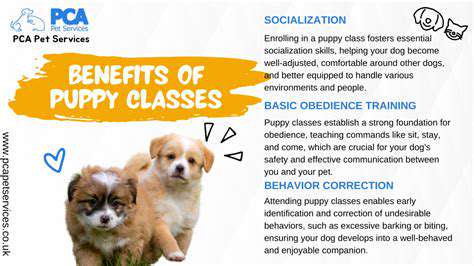Training Rescue Puppies in Basic Commands: Building Trust and Understanding
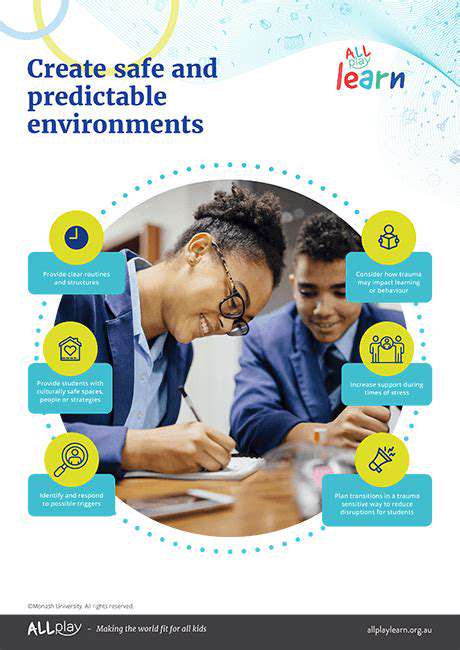
Enhancing Communication Through Body Language
Understanding Canine Body Language
Comprehending the subtle cues that dogs offer through their body language is paramount to effective communication. A wagging tail, for instance, doesn't always mean happiness. Context is crucial. A fast, stiff tail wag might signal nervousness, while a slow, gentle wag could indicate contentment. Paying close attention to the position of the ears, the eyes, and the overall posture of the puppy will help you interpret its emotional state and intentions. This understanding is essential for training and building a strong bond with your rescue pup, allowing you to anticipate potential issues and respond appropriately.
Learning to interpret the nuances of canine body language is a continuous process. It involves observing various situations, recognizing patterns in the pup's behavior, and understanding how their body language correlates with their vocalizations. For example, a low growl accompanied by flattened ears and a tucked tail likely signifies fear or aggression. By becoming proficient in deciphering these signals, you'll be better equipped to respond appropriately and prevent misinterpretations, leading to a more harmonious and productive training experience.
Applying Body Language in Training
Using your understanding of dog body language, you can adjust your training methods to resonate better with your rescue puppy. If your puppy exhibits signs of stress, such as lip licking, yawning, or whale eye (wide, unfocused eyes), it's crucial to pause the training session and provide a calming environment. This demonstrates empathy and helps to create a positive association with the training process. Respecting the pup's nonverbal cues fosters trust and creates a more enjoyable learning experience.
Your own body language also plays a significant role in training. Maintaining a calm and controlled demeanor is key. Avoid sudden movements or loud noises, as these can startle or intimidate the puppy. Using a gentle and reassuring tone of voice, coupled with positive reinforcement, will encourage cooperation and create a positive learning environment. A relaxed posture and soft touch can signal your intentions and create a more trusting relationship with the pup.
By actively observing and responding to your rescue puppy's body language, you can effectively communicate your expectations and reinforce desired behaviors. This proactive approach fosters a positive learning experience, and helps to build a strong and trusting bond between you and your new companion. This is particularly important in the early stages of training.
Consistency and Patience: The Cornerstones of Success
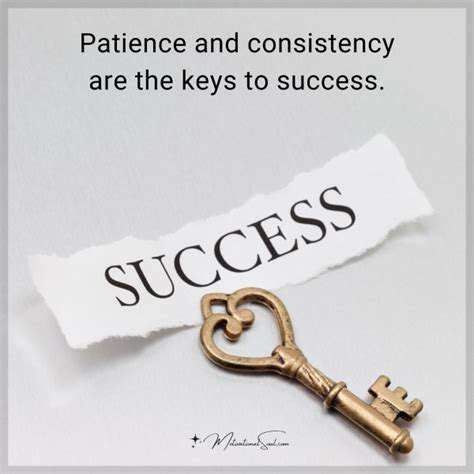
Planting and Growth
Planting corn requires careful consideration of soil conditions and weather patterns. Choosing the right variety for your local climate is crucial for optimal growth and yield. Proper spacing between plants is essential to allow for adequate air circulation and sunlight penetration, preventing overcrowding and potential disease. Consistent watering throughout the growing season is vital, especially during dry periods, to ensure healthy root development and stem growth. Monitoring the plants for signs of stress, such as wilting or yellowing leaves, is important for timely interventions. This proactive approach can help prevent significant yield losses.
The corn plant's growth cycle is fascinating, evolving from a tiny seedling to a towering stalk bearing kernels. Early stages of growth are characterized by rapid stem elongation and leaf expansion, followed by the development of the tassel and the ear. Monitoring the plant's progress is important to identify any potential issues that may arise such as nutrient deficiencies or pest infestations. Proper nutrient management, including the use of appropriate fertilizers, is essential to support healthy growth and development. The growing season is typically characterized by distinct stages, all of which play a crucial role in the eventual harvest.
Harvesting and Storage
Harvesting corn is a rewarding experience, marking the culmination of careful cultivation and patience. Timing is crucial for optimal quality, as harvesting too early will result in under-developed kernels, while harvesting too late can lead to kernels that are too dry or damaged. Inspecting the ears for kernels that are fully developed and have a vibrant color is essential, as this indicates maturity. Proper harvesting techniques, including using appropriate tools and handling the ears gently, are crucial to prevent damage to the kernels and ensure a good yield.
Post-harvest storage is vital to maintain the quality and freshness of the corn. Storing corn in a cool, dry, and well-ventilated environment is crucial to prevent spoilage and maintain its nutritional value. Using appropriate storage containers or methods can help in preserving the corn's freshness and taste. Improper storage can lead to significant losses in quality and yield. Properly dried and stored corn can last for several weeks or even months, depending on the conditions.
Careful attention to detail throughout the entire process, from planting to storage, is essential for a successful corn harvest. Considering factors like soil type, weather conditions, and proper storage practices will directly influence the quality and quantity of the final product. This dedication to detail ensures the best possible outcome for the harvest.
Read more about Training Rescue Puppies in Basic Commands: Building Trust and Understanding
Hot Recommendations
- The Impact of Early Socialization on a Dog's Interaction with Other Animals
- Car Travel and Puppy Socialization: Making the Journey a Positive Experience
- The Importance of Early Environmental Exposure for Puppy Development
- Taking Your Puppy to the Vet: Positive Socialization Strategies
- Making Training a Positive Experience for Your Puppy
- Public Transportation and Puppy Socialization: A Step by Step Guide
- Safe Socialization: Allowing Others to Pet Your Puppy
- Helping a Puppy Who Struggles with "Stay"
- Positive Puppy Interactions: Making Meetings with New Friends Fun
- No Treats Needed? Training Basic Commands with Verbal Praise
